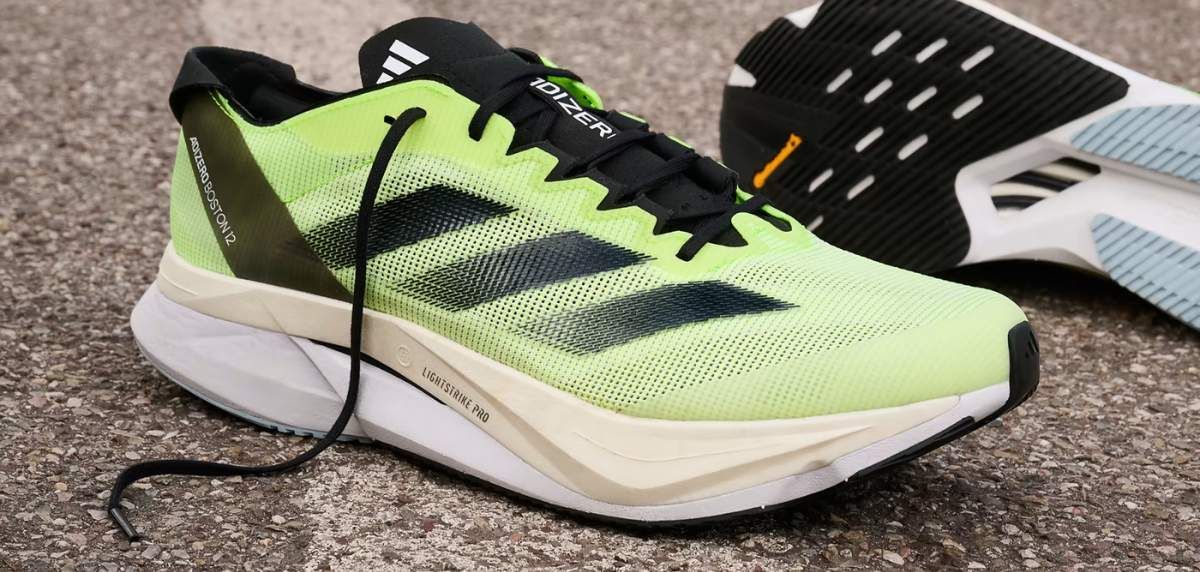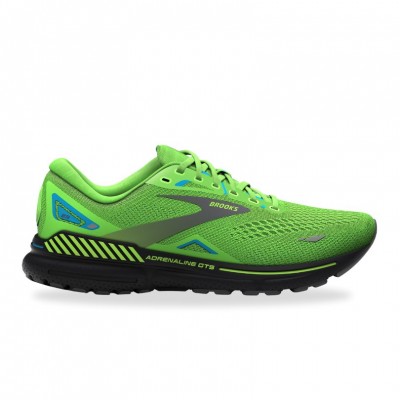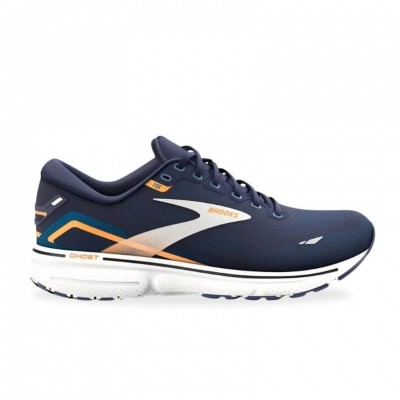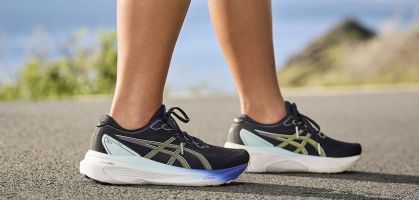At RUNNEA we offer you the largest catalog of running shoes so that you can choose the model that best suits your needs. But we understand that it is not easy to find what we need. That's why today we're going to talk about a crucial topic, choosing the right running shoe. Here are 10 things the RUNNEA team thinks you should consider when buying your running shoes.
Not sure which shoe to choose?
In a few simple steps we help you to choose the ideal running shoe for you.
GO TO THE RECOMMENDERKnow your foot type
The first step in choosing the right shoe is to know your foot type. According to a study published in the Journal of Foot and Ankle Research, there are three foot types: pronator, neutral and supinator (although brands are increasingly trying to avoid these terms and talk about neutral shoes and protective or supportive shoes). A sports podiatrist can help you determine your footprint type and advise you on the type of shoe that is best suited to you.
Foot type refers to the way your foot impacts the ground when you run. Over pronator feet tend to rotate inward, neutral feet do not rotate significantly in either direction and supinator feet rotate outward. Each foot type requires a different type of support to prevent injury. For example, runners with over pronation may need shoes with arch support to prevent excessive internal rotation.
Try shoes late in the day
Did you know that your feet can swell throughout the day? According to the Mayo Clinic, it's best to try on shoes in the late afternoon or evening, when your feet are at their maximum size.
Throughout the day, your feet can swell due to activity and also gravity itself. Therefore, if you try on shoes in the morning, you may not have the same feeling of fit or comfort as if you try them on in the late afternoon. By trying on shoes when your feet are at their largest size, you can ensure that they will fit at any time of the day.
Sizing and spacing
According to the American Orthopaedic Foot & Ankle Society, you should be able to wiggle your toes freely inside the shoe. As a general rule, there should be a thumb-sized space between your longest toe and the end of the shoe. This allows for natural expansion of the foot during running and prevents chafing and blisters. Also pay attention to the morphology of your toes:
- Egyptian foot: The longest toe is the big toe and is the one that serves as a measure for the length of our foot and the size of the shoe.
- Greek foot: The longest toe is the second toe, the one next to the big toe. This should be the toe that marks the length of our foot and the size of the shoe.
- Roman foot: Approximately all 5 toes are at the same height. We take as a reference the one that is the longest
Consider the terrain
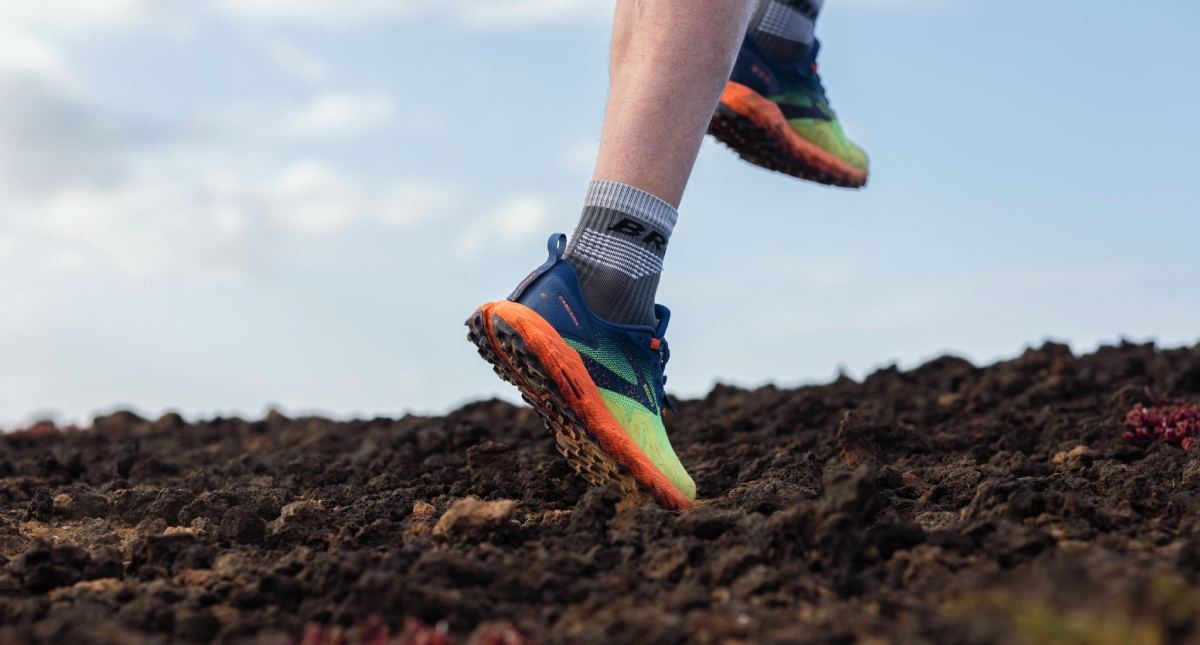
The terrain you run on can influence the type of shoe you need. If you run primarily on trails or uneven terrain, you'll need shoes with greater foot protection, thicker soles and lugs for traction. If you run on asphalt or a treadmill, you may prefer shoes with a softer feel and more flexibility for better ground contact.
Cushioning
A University of Calgary study showed that shoes with good cushioning can help reduce the risk of injury. However, the amount of cushioning needed can vary depending on your weight and running style.
Cushioning in running shoes helps absorb shock every time your foot lands on the ground. This can reduce stress on your joints and prevent injury. Some runners prefer a more "natural" feel and opt for shoes with less cushioning but they will require better running technique and muscle adaptation to that shoe.
Durability
Running shoes can be a significant investment, so you'll want them to last. The durability of a shoe can depend on factors such as the quality of the materials and the way you run. As a general rule, you should consider replacing your running shoes after 500 to 800 kilometers.
Shoe weight
Shoe weight can influence your performance. A University of Colorado study found that runners expend more energy in heavier shoes.
Shoe weight can affect your running efficiency. Heavier shoes may require more energy to lift and move, which can result in greater energy expenditure during the run. However, lighter shoes often have less cushioning and support, so it's important to find a balance that works for you.
Flexibility
The flexibility of the shoe is important to allow for natural foot movement. According to the American Academy of Podiatric Sports Medicine, shoes that are too stiff can limit this movement and cause discomfort.
The flexibility of a shoe refers to how much it allows natural foot movement. Shoes that are too stiff can limit this movement and cause discomfort or even injury. On the other hand, shoes that are too flexible may not provide the necessary support. Look for a shoe that bends and twists easily in the forefoot, but is firm in the midfoot and heel.
Drop
Drop is the difference in height between the front and back of the shoe. A higher drop can provide more cushioning and heel support, while a lower drop can promote a more natural stride and greater calf muscle activation. However, switching to a shoe with a significantly lower drop may require a gradual adaptation to avoid injury.
Comfort
Last but not least, comfort. A study published in the British Journal of Sports Medicine concluded that the perceived comfort of a running shoe can be a good predictor of injury prevention. If you don't feel comfortable in your shoes in the store, you probably won't be comfortable during your run either.
We hope this guide helps you find the perfect running shoe for you. Remember, every runner is unique and what works for one may not work for another. So take your time, do your research and, if possible, go to a professional.
Read more news about: Running News
